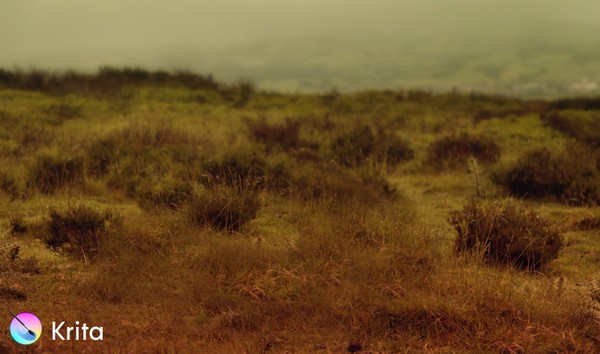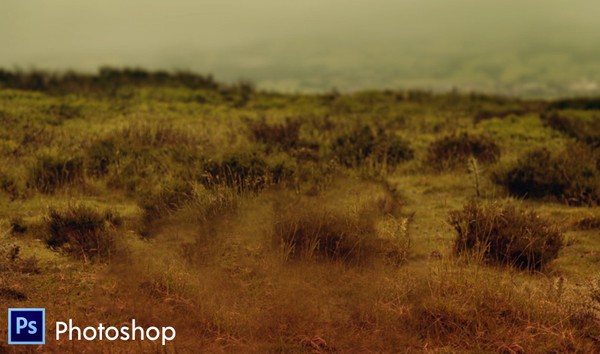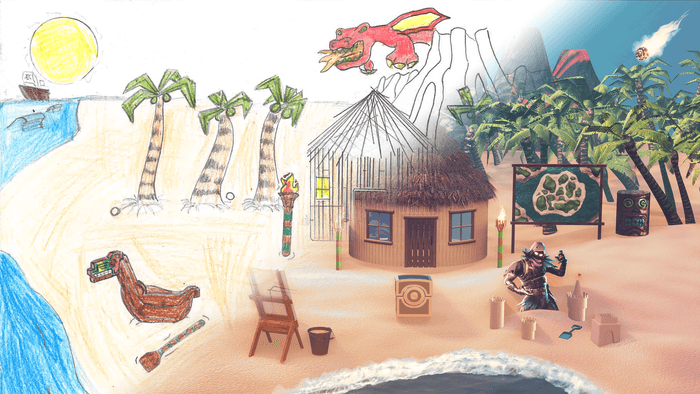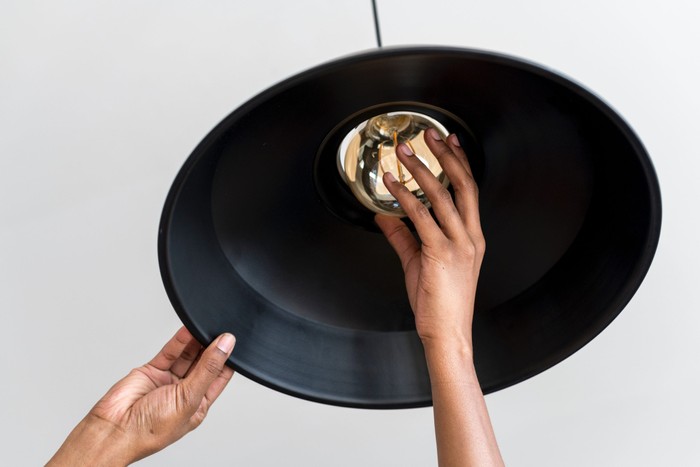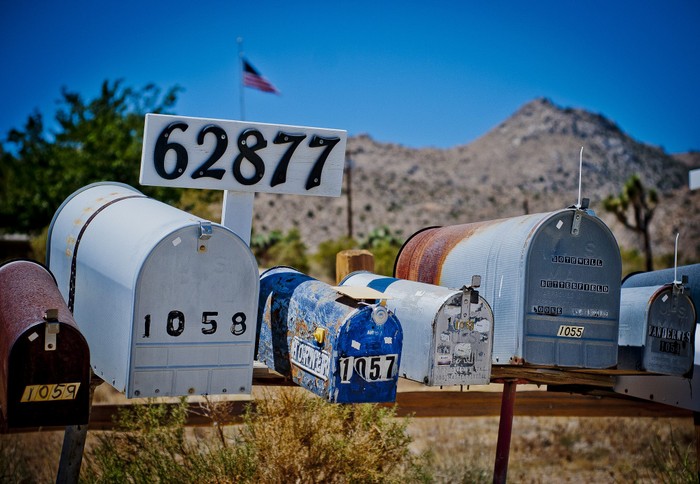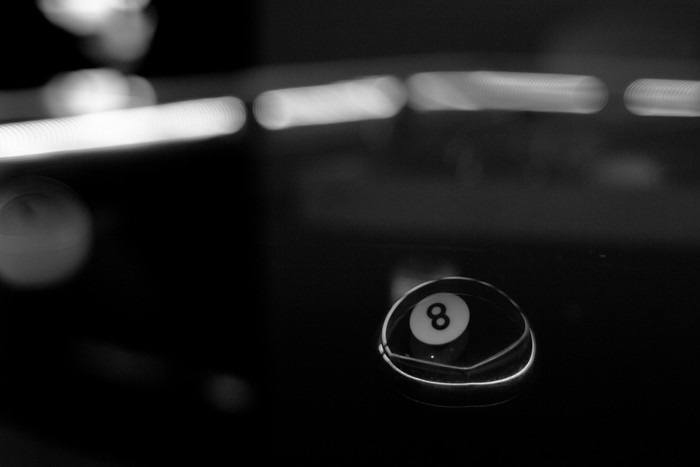Content
Is It Worth Paying for Photoshop? Comparing Freeware to Commercial Software

With the uprising of open-source image software, developers around the globe finesse their computer wizardry; to enhance and create what everyone desires – a free image editing software for everyone to use, with no strings attached.
But what exactly do you get out of free software? How do they live up to our expectations? And is it that much more difficult to produce the same results with free software as with premium software? This will be an in-depth guide touching on some of the tools used for image editing, and a brief overview of how the free software of today could compete with industry standard software.
Here I will explore if Krita (the free software) can rival the industry behemoth used for image editing: Photoshop.
Oh no! How dare these sheep photobomb our scenery. Let’s start off by removing them.
Round #1 Content Aware vs Smart Patch
Here’s a comparison of the content-aware tool(left) and the smart patch tool(right).
In the first test, the results are surprisingly different in the way that they replace the ‘filled’ space. In Photoshop, we have more variation in the grass and it’s done most of the hard work for us.
Krita handles things slightly differently, as it uses something called a ‘smart patch’ to fill in its surroundings and blend with the main image. The grass here looks quite repetitive and lacks the variation the content-aware tool has. One thing to note, is how long it took to calculate the result which is highly dependant on the speed of your machine, but not as quick as Photoshop. However, I must say it has greatly exceeded my expectations as it has done the job of getting rid of the photobombing sheeps.
Round #2 Clone Stamp tool
We’ll need to just add some variation to the grass. While we can use the content aware tool and smart patch tool again, overusing them may result into a blurry photo. To do this, we look at other similar spots on our image and use the details to patch up the anomalies a bit better.
Photoshop clearly has several ways of patching an image(Healing Brush, Patch tool, Spot Healing Brush tool), but we’ll fix some of the unwanted details using the Clone Stamp tool as they are both available in both programs. Both versions of the Clone Stamp tool functions exactly the same, where you pick one area of the image and clone it to brush it over another area.
Round #3 Gradient
Next, let’s add a sunset vibe to our photo. We’ll start by going on the layer filters, which gives us many options to add in various effects such as a drop shadow or a glow. In this case, I’ll be using the gradient overlay effect with a soft light filter, both of which are available to choose from. You can see how Krita got its filter inspirations from, and has practically replicated all of Photoshop’s main filters. Krita somehow makes it more confusing editing the gradient. They do have some minor differences in the way they work, but they mostly produce very similar results.
Round #4 Blur
For the final touch, I’d like to try and add a depth of field; wherein the objects closest is in focus, and the most distant will be blurry. This adds depth in the photo.
On Photoshop, I used a field blur tool, which can be found under the toolbar > Filter > Blur Gallery > Field Blur. Choosing this will spawn a focal point on the image. Clicking anywhere else on the image adds another and you can choose the blur amount for each focal point. Once you’re settled, hit enter and it will apply the blur in an instant.
As for Krita, we have to be slightly more creative in our approach of replicating the blur. One method I used was to duplicate the existing layer to be on top, add a blur filter and gradient mask on the image, then reduce the opacity to blend in with the layer beneath. With this method, you don’t have as much control as you do with the field blur in Photoshop, but it does the job fine.
Final Round
After these adjustments, I exported them both as JPGs at max quality. Photoshop comes in at 446KB while Krita exported out as 445KB.
In conclusion, I find Photoshop can do a lot of the things with ease, and with many years under its belt, no wonder why all the major companies use it. Photoshop has many more tools and is a lot quicker in achieving results, but Krita holds up well on its own and one day, I believe Krita and Photoshop will be evenly matched. Photoshop for now has to come up with new and inventive ways of cutting down editing time to keep the incentive of buying it, while Krita developers will continue to replicate and perfect what’s already there. But if you can’t afford to pay for a monthly subscription and need an image editing program to remove photobombing sheep in your photo, then you really can’t go wrong with something that is free
Share







